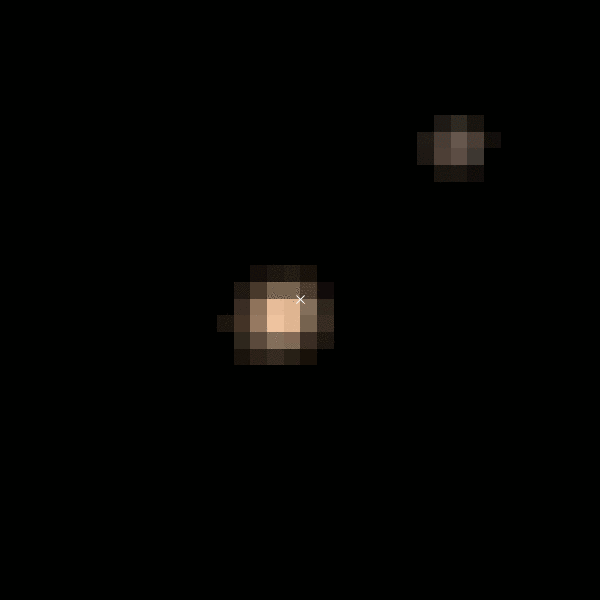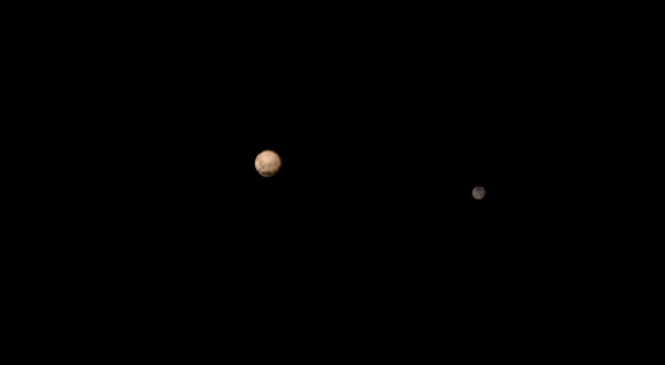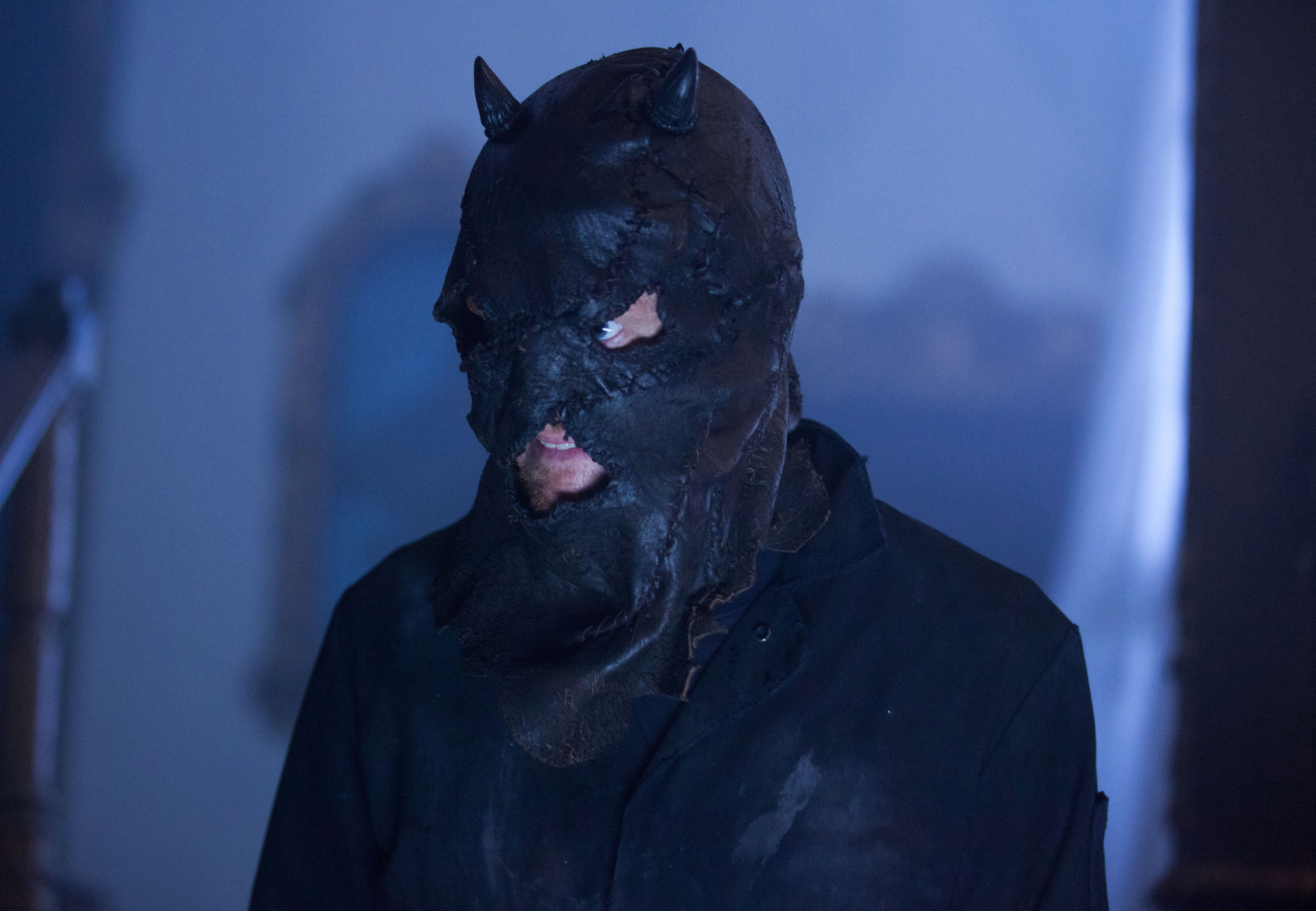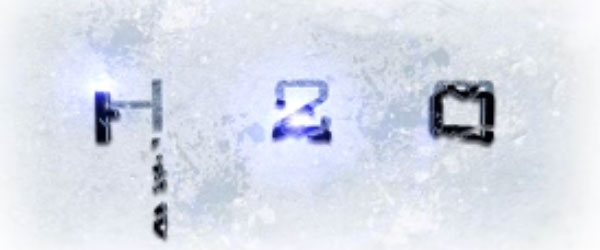New Horizons: A Little Perspective
Here we are just one week away from the New Horizons probe orbiting passing close to the planet “dwarf planet” Pluto and the largest of its moons, Charon, to get pictures before heading off farther into the Kuiper Belt almost three billion miles away.
In spite of a bit of a glitch on July 4th where the on-board computer went into Safe Mode, the probe is reportedly back on track and on schedule for its fly-by shooting. The closest approach is scheduled to be July 14, 2015, at 7:49:57 a.m. Eastern (11:49:57 a.m. UDT). We should get the images from the near pass about nine hours later. It’s not going to spend much time studying the alien world like with the bodies universally excepted as planets.
![Nine light hours away and still remembers to call home. [Courtesy Flickr]](http://SciFi4Me.com/wp-content/uploads/2015/07/NewHorizons.jpg)
Ever since its existence was confirmed in 1930, there has been no good image of the ball that scientists can’t decide whether or not it’s a planet. There was an attempt by the Hubble Space Telescope, but it wasn’t as detailed as one would like for actual research purposes. Finally, in 2001, the present mission was approved after two others were cancelled. It was to be substantially much more expensive than the Discovery missions that came before. In January 2006, after several launch delays on the pad, the spacecraft took off.

It sort of puts things in perspective. It seems that every other week, scientists discover yet another exoplanet. There is always some story of what the planets are made of or that there is a possibility of life. But yet, we’re still discovering our own solar system. Only one exoplanet has been seen, and that was only a small spot of light. With all we know about our solar system, its planets and other bodies, and even our own planet, what we know is nothing compared to what is still to be discovered.
!["Are we there yet?" [courtesy Wikipedia]](http://SciFi4Me.com/wp-content/uploads/2015/07/New_Horizons_Trajectory.jpg)
You can get more information on the mission HERE at JPL and HERE at NASA.




